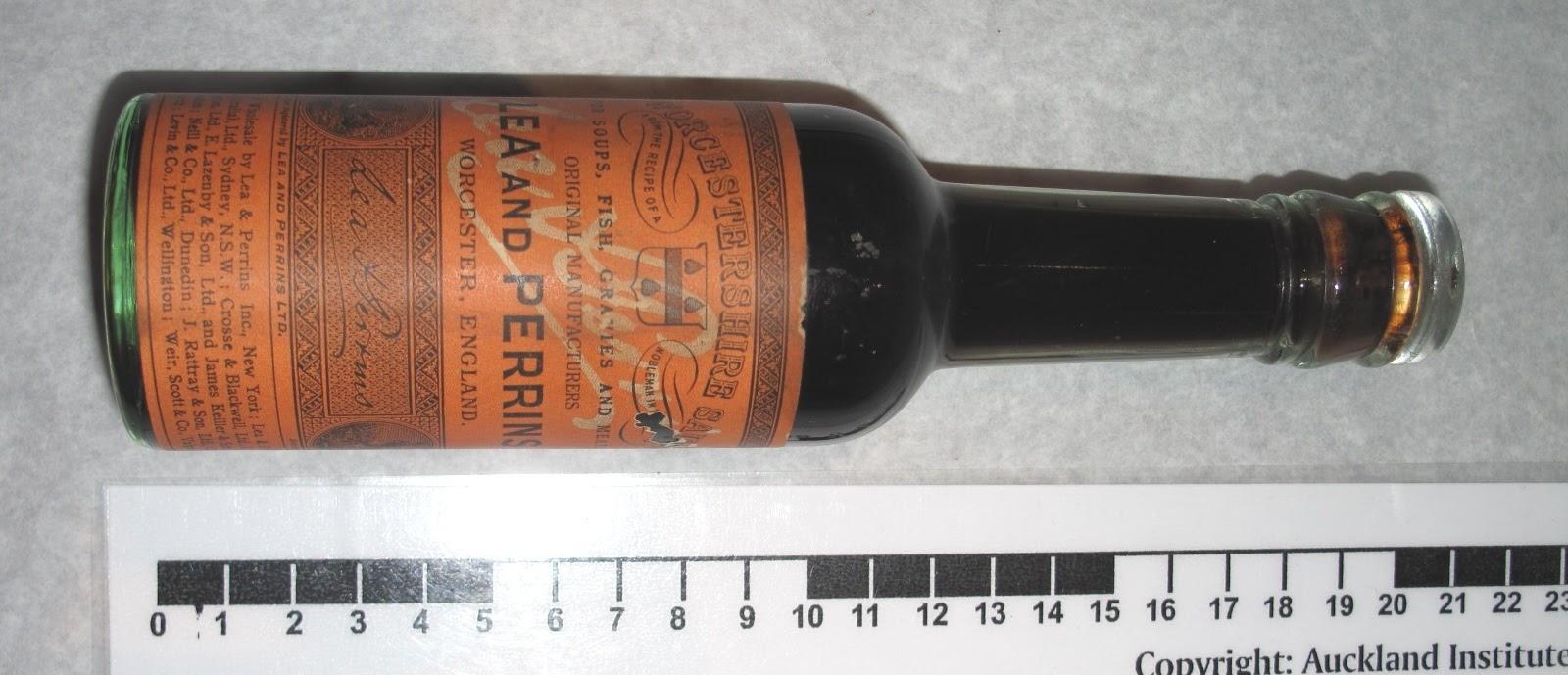NOTHING LASTS FOREVER? APPARENTLY, SOME THINGS DO!
You Won't Believe the Shelf Life of These 10 Food Products.
Published on June 8, 2024
 Credit: Jason Tuistra
Credit: Jason Tuistra
Everything has an expiration date—even the things that don’t really expire. The truth is, everything has an expiration date because the law says it has to, just to be on the safe side. As for the things that don’t expire, the list is not too long but it's probably longer than you expected it to be. For the sake of brevity, we narrowed it down to 10 items. Can you guess as to what you will find in it?
Salt
 Credit: Timo Volz
Credit: Timo Volz
This first one is quite obvious. A few years ago, a running joke on the internet had the picture of a Himalayan pink salt package with a label that proudly stated "Formed 250 million years ago" and, in the small print at the bottom, said "Expires in 1 month". The joke being that salt does not expire. This is because salt is a mineral and, as such, it is not subjected to the decaying nature of organic matter.
Honey
 Credit: Arwin Neil Baichoo
Credit: Arwin Neil Baichoo
This one is also quite legendary. Can you imagine smearing 3.000-year-old honey discovered in the tomb of Egyptian King Tut on your toast? Aside from the spectacular price tag such an item would go for, it would be perfectly safe for your health because, yes, you guessed it, honey lasts forever.
Bees create this elixir with almost no water, which is something microbes need to exist. And no microbes equals no decomposition. So, grab that honey jar at the bottom of the pantry and pour some on a cup of hot tea!
White Vinegar
 Credit: Precious Plastic Melbourne
Credit: Precious Plastic Melbourne
This one might not be as legendary as the previous too but it surely deserves a spot on our list. White****vinegar has an indefinite shelf life thanks to its high acidity (above 4%). Microbes don’t grow in acidic conditions. This is why you often see pickled products preserved in vinegar: because this liquid prevents spoiling due to its high acidity.
Worcestershire sauce

A bottle that was bought ages ago for a barbecue or a Bloody Mary cocktail and then forgotten in the pantry or the refrigerator door is still perfectly safe to consume. Worcestershire sauce doesn't really go bad. This happens because it is mostly made of white vinegar, and we already know what’s the deal with white vinegar, right?
So, use it for your tomato juice and vodka drink, pour it on your steak, and then cast it aside for a year or two, the trusty fellow will be there waiting for you as if time hadn’t passed at all.
Hard Liquor
 Credit: Nathan Cima
Credit: Nathan Cima
Do you remember those old liquor cabinets, usually in grandparent homes, filled with ancient alcohol bottles that nobody ever really drank? There is a reason those dusty bottles never went bad and it is a single word: alcohol.
Bacteria do NOT like alcohol, and beverages with high alcohol content keep bacteria from growing, thus, decaying.
Powdered milk
 Credit: Lucy Wolski
Credit: Lucy Wolski
The US Department of Agriculture (USDA) says that powdered milk lasts between 2 and 10 years. We know that is nowhere near the shelf life of the other elements in this list but still, it's quite impressive for a dairy product. Some survival stores even sell non-fat dry powdered milk labeled with a 25-year shelf life.
Dry beans
 Credit: Shelley Pauls
Credit: Shelley Pauls
Every person who has ever bought dry beans knows that this product lasts a long time. How long, you might ask? Dry beans are usually given a shelf-life of 3 to 6 years under optimal storage conditions, in a low humidity environment. But there are recorded cases of dry beans lasting longer than 24 years without significant taste loss or hardening and even a case of a carbon-dated 1,500-year-old batch of white beans that could be planted and grown perfectly in normal conditions.
Sugar
 Credit: Myriam Zylles
Credit: Myriam Zylles
In the same manner that we can count on salt forever, sugar is another thing that won’t go bad. Due to their resistance to microbial growth, commercial sugars have an indefinite shelf life.
While sugars are recommended to be used within 2 years, that is because of lumpiness or hardening in granulated sugars and crystallization of sugars in honey and syrup. It is still safe to use even when lumpy or crystals are present. The color and flavor of liquid sugars may change over time, but they can still be consumed.
Instant coffee
 Credit: rivage
Credit: rivage
For most people, coffee is a comforting beverage to have around and, as such, it is nice to know that it won’t go bad anytime soon. Instant coffee, while unopened, has a shelf life of up to 20 years, depending on the package and the processing methods. Coffee, while it can lose some of its flavor over time, consistently proves itself as a long-lasting contender.
Pure maple syrup
 Credit: Kobby Mendez
Credit: Kobby Mendez
Another comfort food, pure maple syrup can last a really long time, due to its high sugar content. According to various sources, the shelf life of pure maple syrup is pretty much eternal.
If stored properly, that is, in a dark and dry place, and, ideally, in a glass container, pure maple syrup will last indefinitely. If crystals form in the bottle, placing the vessel in boiling water will undo them and make the syrup as good as new.










